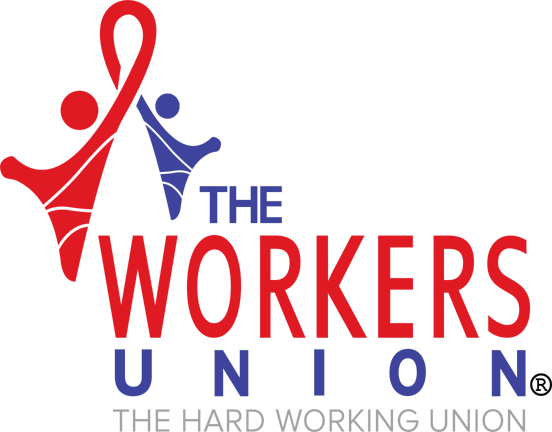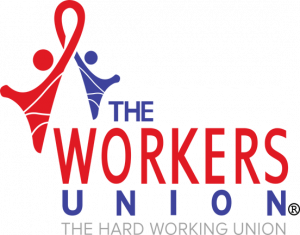In identifying a recent trend with some of its members, The Worker’s Union has flagged “workplace burnout” as a significant yet overlooked issue that affects millions of employees across various sectors.
The union is calling for urgent action to address this problem, starting with increasing awareness about recognizing the signs and providing practical solutions to avoid this condition.
What is Workplace Burnout?
Workplace burnout is a state of chronic physical and emotional exhaustion. It typically includes feelings of cynicism, detachment, and a sense of ineffectiveness at work. Burnout has been officially recognized by the World Health Organization (WHO) as an occupational phenomenon that can significantly impact an individual’s well-being and job performance.
Recognizing the Signs
The first step in addressing workplace burnout is recognizing its symptoms. These can vary among individuals, but commonly include:
- Chronic Fatigue: You feel physically and emotionally drained most of the time, and your energy levels are consistently low.
- Increased Illness: Your body becomes more susceptible to infections due to a weakened immune system.
- Anxiety: You experience feelings of tension, worry, and restlessness about work-related matters.
- Reduced Efficiency: Tasks that were previously easy to handle now seem difficult. Your performance and productivity begin to decline.
- Disengagement: You no longer find pleasure or satisfaction in your work and may begin to distance yourself emotionally and socially from it.
Preventing Burnout
The union urges both employers and employees to work together in creating environments that foster mental health and well-being, thereby reducing the risk of workplace burnout.
- Encourage Work-Life Balance: This includes setting clear boundaries between work and personal time, promoting flexible working hours, and encouraging regular breaks.
- Foster Positive Workplace Relationships: Healthy relationships with colleagues can mitigate work-related stress. Encourage teamwork, open communication, and activities that strengthen bonds among employees.
- Regular Training and Development: Providing employees with adequate training can reduce their job stress. It empowers them with the skills needed to perform their tasks effectively.
- Foster Open Communication: Create a safe space where employees can express concerns about their workload, discuss their feelings openly, and receive the support they need.
- Encourage Healthy Lifestyle: Promote activities that contribute to overall well-being, such as regular exercise, balanced nutrition, and adequate sleep.
The Workers Union Says…
“We are committed to supporting workers across all sectors. To mitigate and prevent workplace burnout, it’s crucial to understand the issue, its signs, and the steps that can be taken to address it. We strongly advocate for employers to prioritize employees’ well-being and encourage individuals to seek help and assistance when they recognize signs of burnout”.




